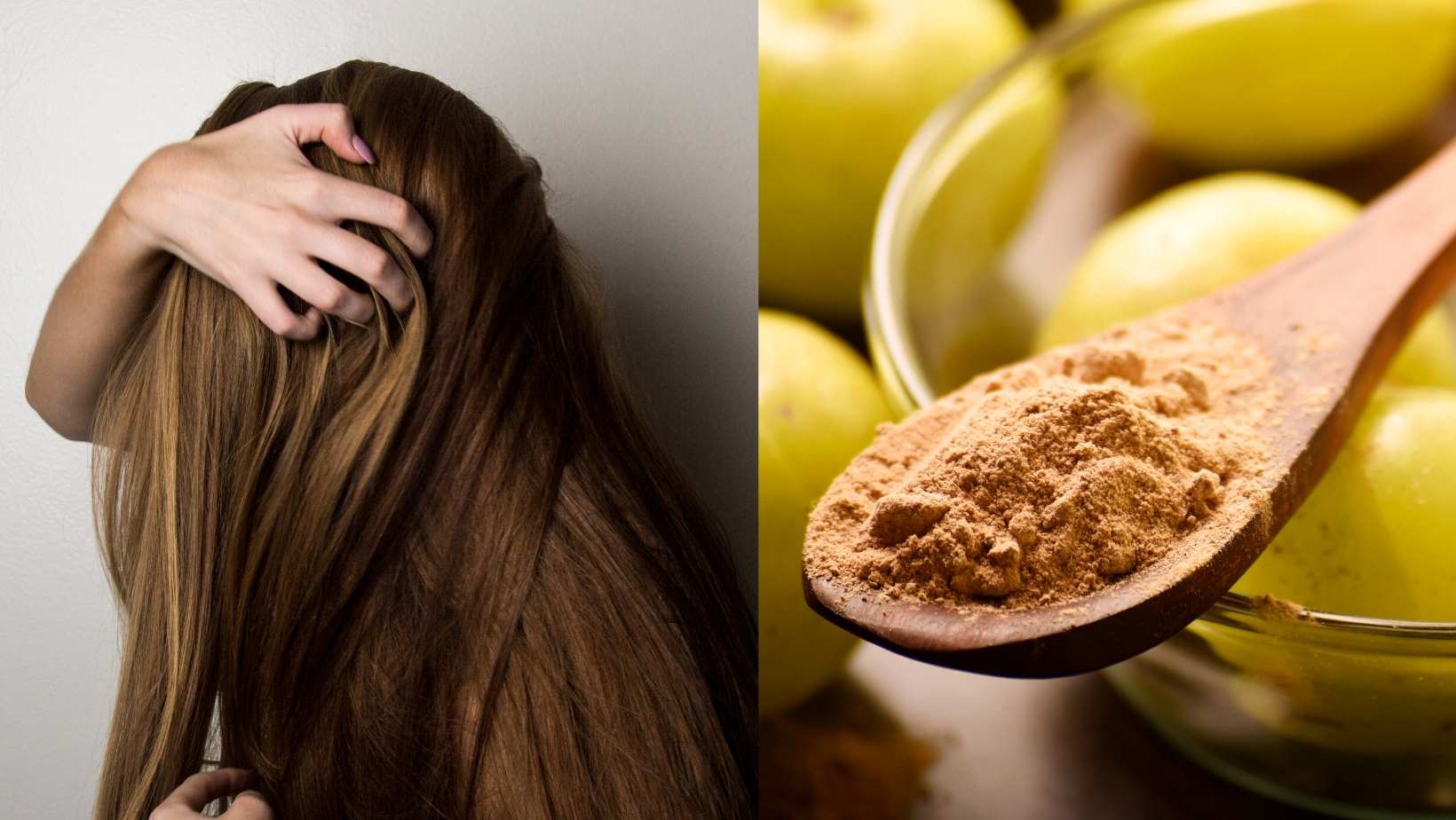
Amla and Hair Health: A Comprehensive Guide
Amla, also known as Indian gooseberry, has been a staple in Ayurvedic medicine for centuries. Revered for its numerous health benefits, amla is particularly known for its positive effects on hair health. This guide delves deep into the various ways amla is used for hair care, from combating grey hair to promoting hair growth.
1. Amla Juice for Grey Hair
- Overview: Amla juice, when applied topically, is believed to rejuvenate the hair, making it darker and more vibrant. Its high vitamin C content and antioxidants help combat premature greying.
- Usage: To use amla juice for grey hair, massage the juice directly onto the scalp and hair. Leave it on for about 30 minutes before rinsing with lukewarm water. For best results, repeat this process 2-3 times a week.
2. Amla Extract for Grey Hair
- Overview: Amla extract is a concentrated form of the fruit, often available in oil or powder form. It retains the essential nutrients and is used to treat grey hair.
- Application: Mix amla extract with a carrier oil like coconut or almond oil and apply it to the scalp and hair. This not only combats greying but also nourishes the hair.
3. Amla Oil for Hair Growth: Before and After
- Overview: Amla oil is renowned for promoting hair growth. It strengthens hair follicles, reduces hair fall, and encourages the growth of new hair.
- Evidence: Many users report thicker, longer, and healthier hair after consistent use of amla oil. Before-and-after photos often showcase significant improvements in hair density and length.
4. Using Amla Powder for Hair Growth
- Overview: Amla powder can be mixed with water to form a paste, which can be applied to the hair and scalp. It acts as a natural conditioner, giving hair a smoother and shinier appearance.
- Application: Mix amla powder with water until a smooth paste forms. Apply to the scalp and hair, leave on for 20-30 minutes, then rinse.
5. Amla Powder for Grey Hair
- Overview: Just as with amla juice and extract, amla powder can be used to combat premature greying. The nutrients in the powder help restore the hair’s natural color and shine.
- Usage: Amla powder can be mixed with henna or other natural dyes to enhance the color-restoring properties.
6. Indian Gooseberry for Hair
- Overview: Indian gooseberry, another name for amla, is packed with nutrients beneficial for hair health. It’s not just the fruit; even its leaves have been used traditionally for hair care.
- Benefits: Apart from treating grey hair and promoting growth, Indian gooseberry also helps combat dandruff, scalp infections, and hair fall.
7. Amla Powder for Hair
- Overview: Amla powder is a versatile product that can be used in various hair treatments, from hair masks to shampoos.
- Benefits: Regular use can lead to shinier hair, reduced hair fall, and a healthier scalp.
8. Applying Amla Juice on Hair
- Overview: Amla juice can be used as a natural hair tonic. It strengthens the hair shafts, making them less prone to breakage.
- Application: After shampooing, rinse your hair with amla juice. This acts as a natural conditioner, leaving hair smooth and shiny.
9. Amla Oil
- Overview: Amla oil is a popular product in many hair care routines. It’s often used as a base in various hair oils due to its nourishing properties.
- Benefits: Regular scalp massages with amla oil can lead to increased blood circulation, promoting hair growth and reducing hair fall.
10. Using Amla Powder for White Hair
- Overview: Amla powder, when combined with natural dyes like henna, can help restore the hair’s natural color.
- Usage: Create a mixture of amla powder, henna, and water. Apply this to the hair and leave on for a couple of hours before rinsing.
Conclusion:
Amla, in its various forms, offers a natural solution to many hair-related concerns. Its rich nutrient profile makes it an invaluable asset in hair care routines. Whether you’re battling premature greying, looking to boost hair growth, or simply want healthier locks, amla might just be the answer.
Tags:
Amla, Indian Gooseberry, Hair Care, Natural Remedies, Grey Hair, Hair Growth, Amla Benefits.









